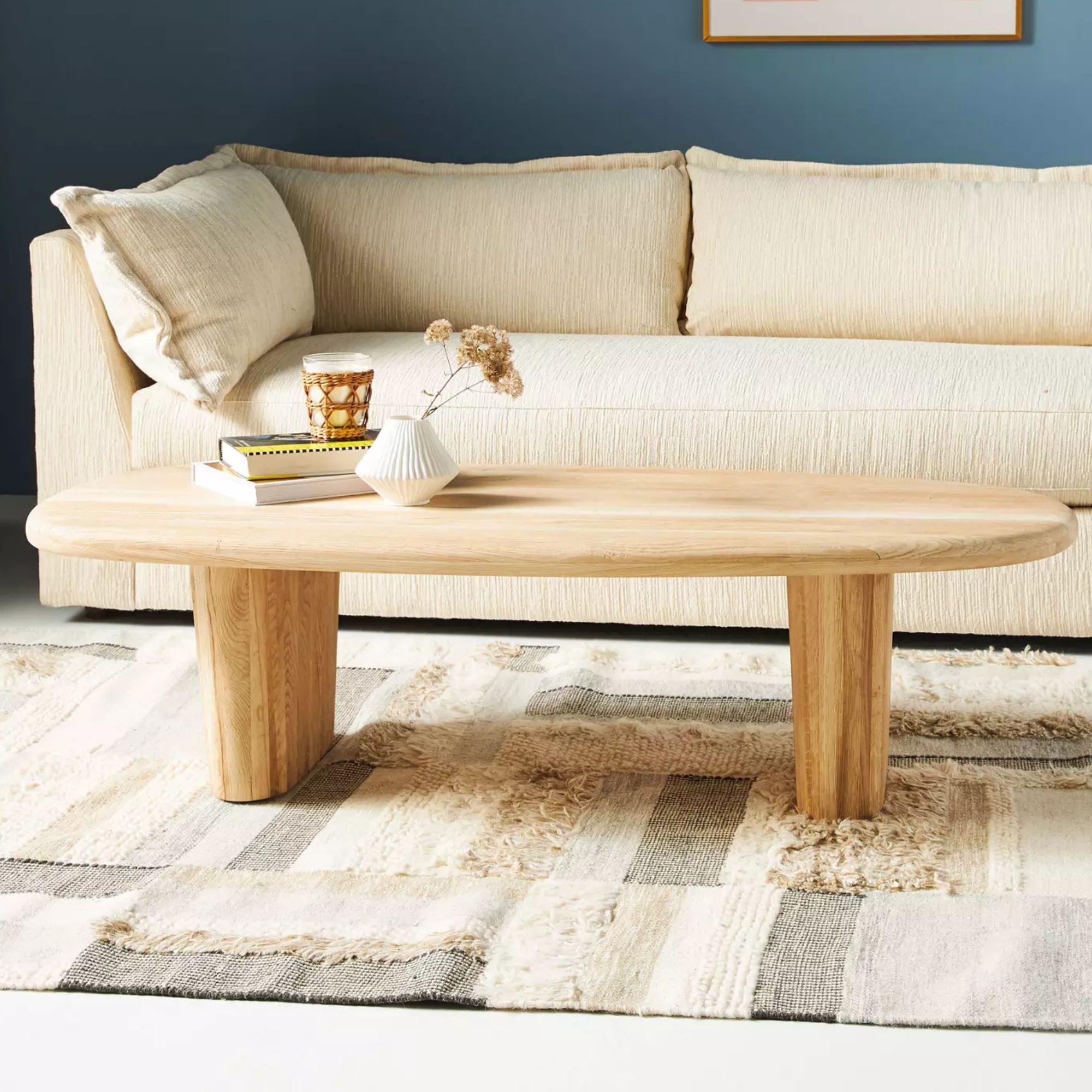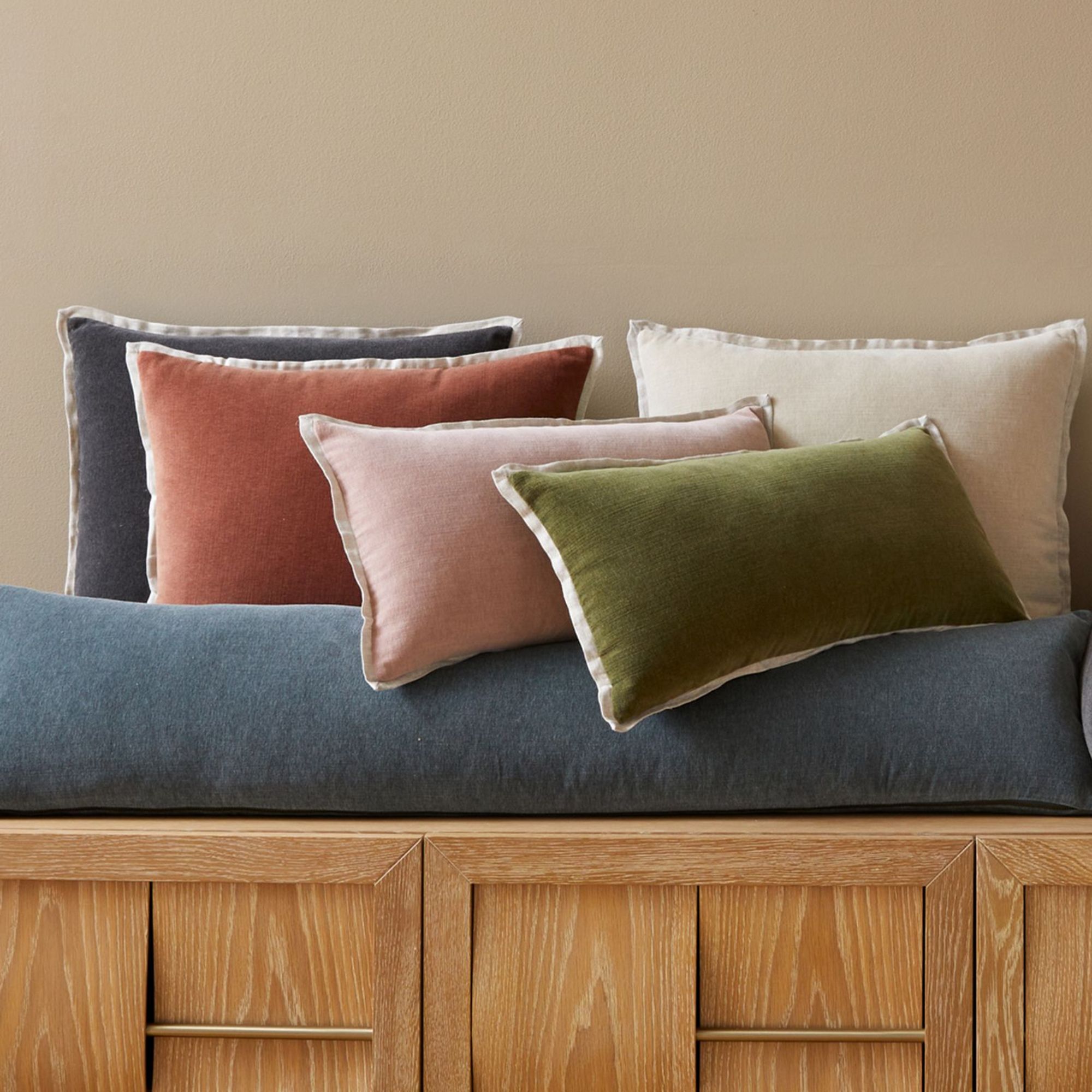How to design a home that is 'soft on the senses' – creating comfortable spaces for everyone
Experts explain how to design a comfortable space tailored to those with sensory sensitivities

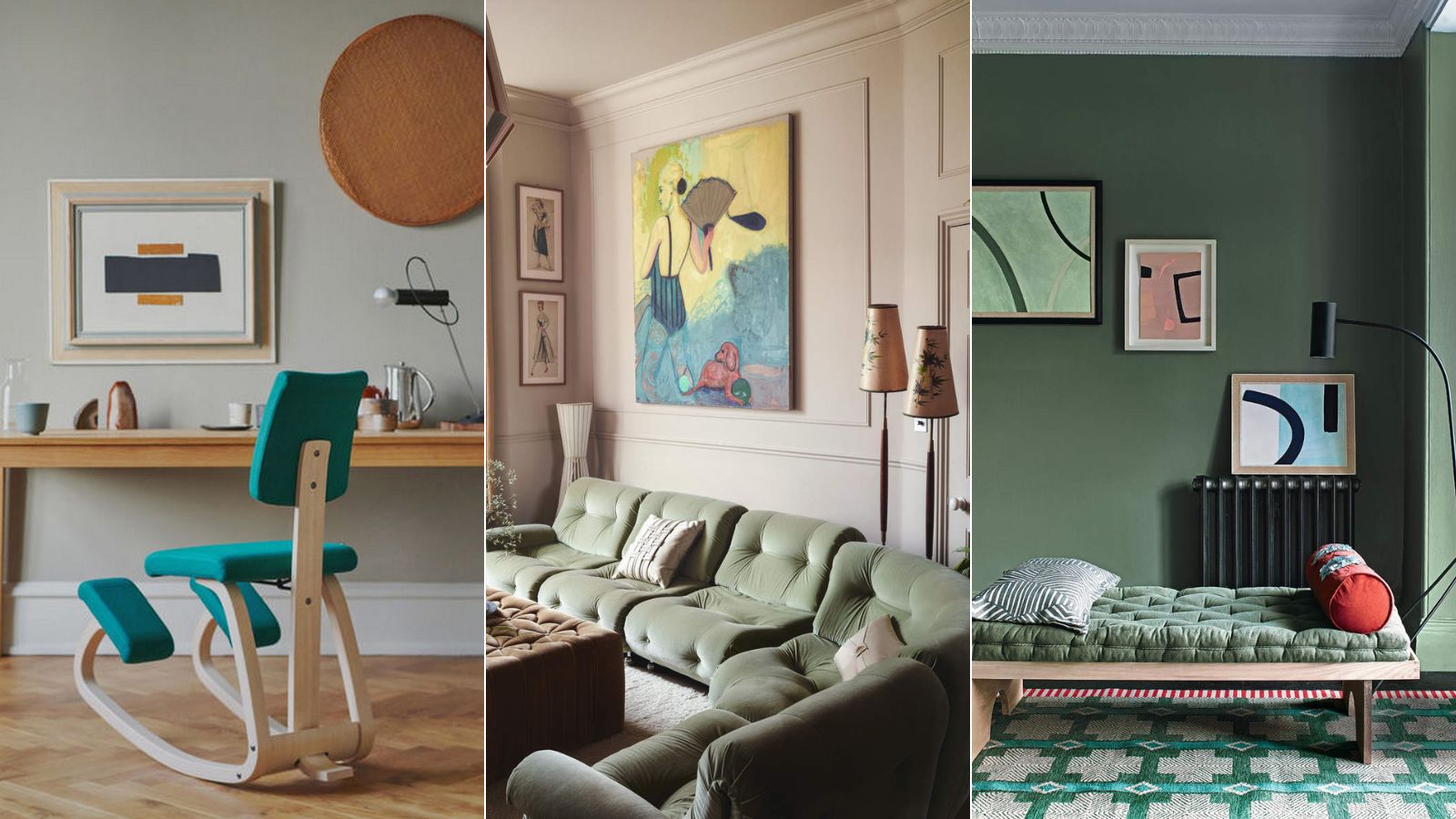
In a world filled with constant stimuli and hustle, the home serves as a sanctuary for comfort and relaxation. Designing a home that is soft on the senses is about creating an environment where every element not only enhances our physical comfort but contributes to a sense of calm and nourishes our mental well-being.
Minimizing overwhelming stimuli and promoting comfort and relaxation are essential for creating a comfortable environment for individuals with sensory sensitivities. This involves paying careful attention to how visual, tactile, auditory, and olfactory elements impact these individuals and how they can be tailored to them.
Our experts have explained how to make a home more relaxing and accessible for neurodiverse individuals with sensory sensitivities by creating a space that is 'soft on the senses'.
How to design a home that is soft on the senses
'Creating inclusive and accommodating environments for neurodiverse individuals is a crucial aspect of modern design. By understanding and addressing the unique sensory needs of these individuals, designers promote comfort, well-being, and inclusivity in various spaces,' explains Olga Alexeeva, Creative Director at Black & Milk.
'Flexibility in design is crucial when catering to the diverse sensory needs of neurodiverse individuals. Providing adjustable features and customizable elements means spaces can easily adapt to meet the specific sensory requirements of each individual. This approach allows for inclusivity and ensures everyone feels comfortable and accommodated in the environment.'
Sight – visual aspects
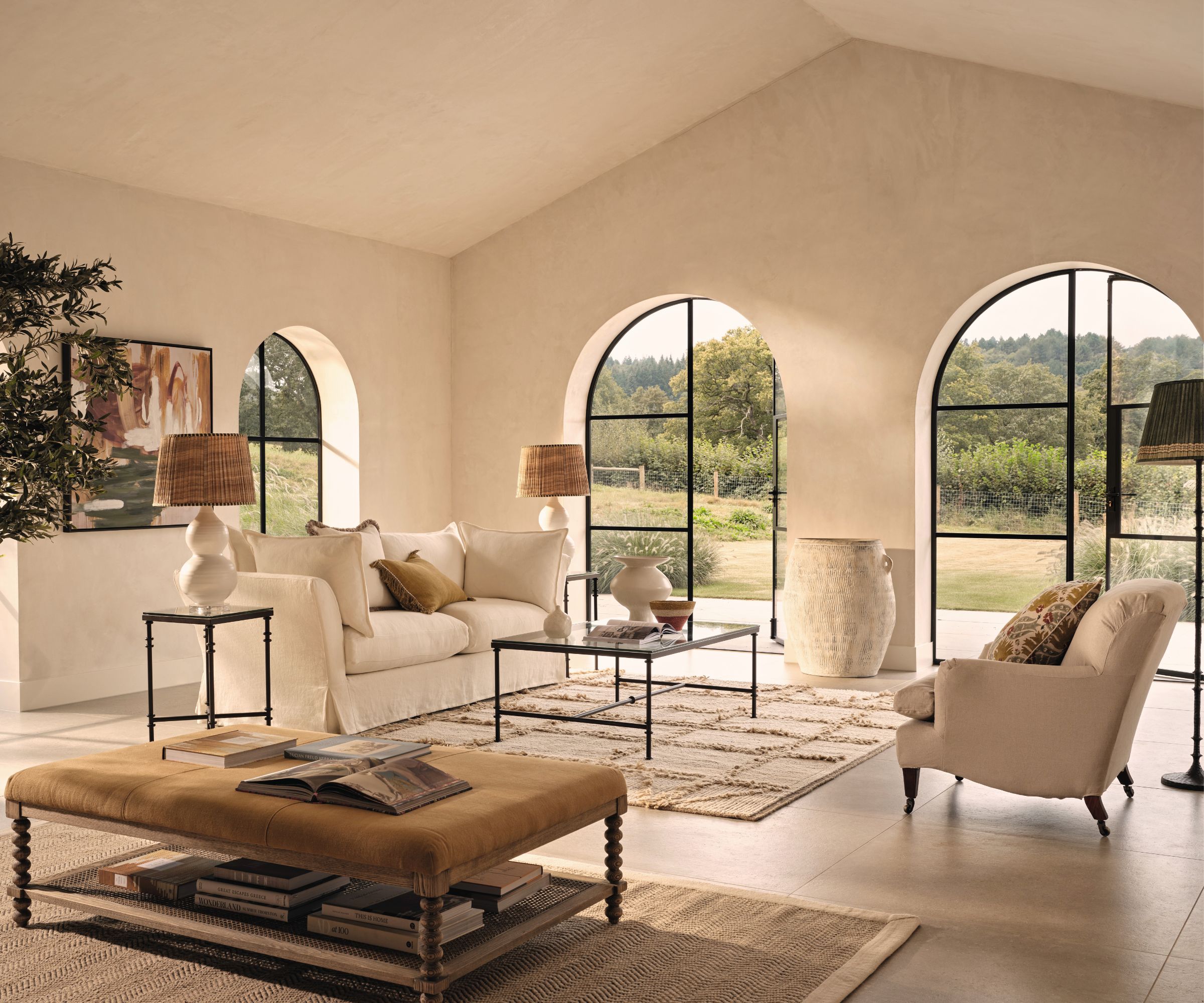
Sight plays a central role in creating balanced and harmonious spaces. By prioritizing visual comfort, you can reduce stress, promote relaxation, and enhance well-being.
Embrace serene colors
The foundation of a sensory-friendly home begins with a calming color palette. Use color psychology to guide you in selecting calming colors to create comforting and happy rooms.
Design expertise in your inbox – from inspiring decorating ideas and beautiful celebrity homes to practical gardening advice and shopping round-ups.
'We suggest incorporating lighter shades and avoiding high-contrast colors such as a black-and-white palette, which might feel overstimulating,' advises Romilly Newbound from Back in Action. 'Instead, opt for natural tones that feel soothing and welcoming.'
Choose soft, neutral colors like soft beige, taupe, cream, soft gray, or pastel hues, such as muted blues, gentle greens, and warm earth tones for walls, furniture, and décor to create a calming and serene atmosphere that is less overwhelming for sensitive individuals.
Use soft, adjustable, natural lighting
Lighting is a key element in creating a soft sensory space within a home, as it has a significant impact on the mood, atmosphere, and overall comfort of a space.
Soft, warm, diffused lighting can instantly create a soothing ambiance, while harsh overhead lighting can be jarring and uncomfortable to the senses. So, whether it's through strategically placed lamps, soft, dimmable LED fixtures, or natural light sources, the goal is to achieve a gentle glow that is conducive to a sensory-friendly environment.
'As people often have different needs, there’s no catch-all solution when it comes to designing the lighting for a home,' explains Guy Kornetzki, Associate Lighting Designer at Nulty+. 'Choice and personalization are key.'
By layering different types of lighting and incorporating dimmers, you can customize the atmosphere and light levels to suit an individual's preferences for various activities, times of day, and moods.
Natural light is also crucial for those with sensory sensitivities because it provides a gentle and consistent source of illumination that can minimize sensory overload. Natural light tends to be softer than artificial lighting. Plus, the natural and gradual light changes throughout the day can provide a stable and predictable lighting environment, which can help individuals with sensory sensitivities feel more at ease and less likely to be disoriented by sudden changes in lighting.
'Increase natural light in your home by strategically placing windows and incorporating light-filtering curtains or blinds that allow soft, diffused light to permeate the space without triggering light sensitivities,' recommends interior designer, Nina Lichtenstein.
You could also consider incorporating automated lighting systems capable of mimicking the natural progression of daylight. These smart lighting systems can help regulate the body's circadian rhythms, helping light-sensitive individuals maintain a routine and improve sleep and overall well-being.
Wellness Table Lamp 2 | $349 from Amazon
This smart lamp, designed by NASA engineers, improves focus, boosts mood, and helps you sleep better. It regulates your circadian clock by mimicking the sun's rhythm and light spectrum.
Foster minimalism
Visual clutter can be overwhelming to the senses and create a feeling of chaos, increasing anxiety and leaving individuals unable to concentrate. To combat this, Nina Lichtenstein recommends embracing a minimalist approach to design that promotes clarity and simplicity:
- Declutter your home room by room and streamline your belongings to create a sense of calm and order.
- Invest in versatile storage ideas that conceal clutter and promote organization, allowing for a clean, uncluttered environment that promotes mental clarity and calm.

Nina Lichtenstein is the founder and principal home designer at her eponymous design studio, based in Westchester, NY. Nina believes that home design should capture a family’s unique spirit by how it serves the family's daily needs while nourishing the soul. She has been celebrated for designing, renovating, and building elegant living spaces.
Touch – tactile elements

Tactile elements provide physical comfort, and harnessing those that are particularly soothing and comforting for those with tactile sensitivities throughout the home can enhance their overall experience in a space.
Integrate soothing textures
Incorporate textiles on surfaces and furniture that are gentle on the skin and pleasant to the touch. This is especially important for those with sensory sensitivities, allowing them to feel soothed and comfortable at home. For example, 'velvet, boucle, and wood might benefit sensory-seeking fingertips,' says Romilly Newbound.
Also, using a variety of different textures and materials throughout the space, such as a smooth wood bench, metal tabletop, cozy faux sheepskin rug, tactile wall coverings, or silk pillowcases, can create a layered effect that stimulates the sense of touch and adds depth to the sensory experience.
Allow for personalization in the design by tailoring the sensory experience to the individual's unique preferences and sensory needs. Choose textiles they enjoy and find to promote feelings such as comfort, focus, etc. Alternatively, opt for elements that offer flexibility in customization, such as soft cushions and throws, which can easily be accessorized to enhance comfort and tailor the space to the individual's preferences.
You can designate specific areas within the home for different sensory experiences, such as a soft, cozy reading nook for relaxation or a smooth, open workspace or breakfast nook to enhance focus.
Prioritize seating that enhances relaxation and focus
'Pay attention to ergonomic design principles to ensure that furniture is not only aesthetically pleasing but also supportive and comfortable for extended periods of use,' recommends Nina Lichtenstein.
Feeling comfortable at home is key, and incorporating supportively designed seating can ensure those with sensitivities easily feel relaxed. Choose seating options like plush sofas, and armchairs with soft cushions that provide ample support and encourage lounging and unwinding. .
'Additionally, choosing furniture that promotes movement can help provide a low level of physiological stimulation, which is said to boost productivity and allow some neurodivergent minds to focus better,' explains Romilly Newbound.
'For example, opt for seating options that encourage movement or a variation in seating positions, whether that’s when sitting at a desk, at the dining table, or reading a book. Kneeling chairs and chairs that can twist or tilt provide low-level constant movement that allows the body to move freely, and as a result increases attention and focuses the brain on tasks at hand.'
Sound – auditory elements

Designing a home focusing on sound involves creating an environment that promotes tranquility and relaxation and prevents sensory overload.
Use noise cancelling materials
'Soundproofing is another key consideration when designing spaces for individuals with sensory sensitivity,' says Olga Alexeeva. 'Noise-cancelling materials can significantly reduce sensory stimuli and promote a sense of calmness. Individuals can better focus and feel more at ease by minimizing external noise and creating a quiet environment.
To soundproof a room, you can use furnishings and other household items that absorb noise effectively and stop it from reverberating. To dampen sound, incorporate soft area rugs underfoot, wall paneling, heavy curtains, and built-in bookshelves or closets.
'Avoid wood and tile flooring, open layouts, and vaulted ceilings: they can create an echo effect which can be especially distracting for those with hearing impairments and sensitivity,' recommends Heather Swain, at Ally Total Physical Therapy. 'You should also choose quieter appliances and avoid other sound stressors, such as buzzing lightbulbs, especially if they are in central locations in the home.'
Create quiet retreats
'Designate quiet retreats within your home to escape the hustle and bustle of daily life and recharge your senses,' recommends Nina Lichtenstein. These spaces should be located away from high-traffic areas and well-soundproofed to create an escape from auditory sensory overload.
Implement speakers or sound machines to play soothing sounds. Select gentle, instrumental music or nature sounds to create a peaceful auditory backdrop that soothes the mind, promotes relaxation, and drowns out external sounds.
Smell – olfactory elements
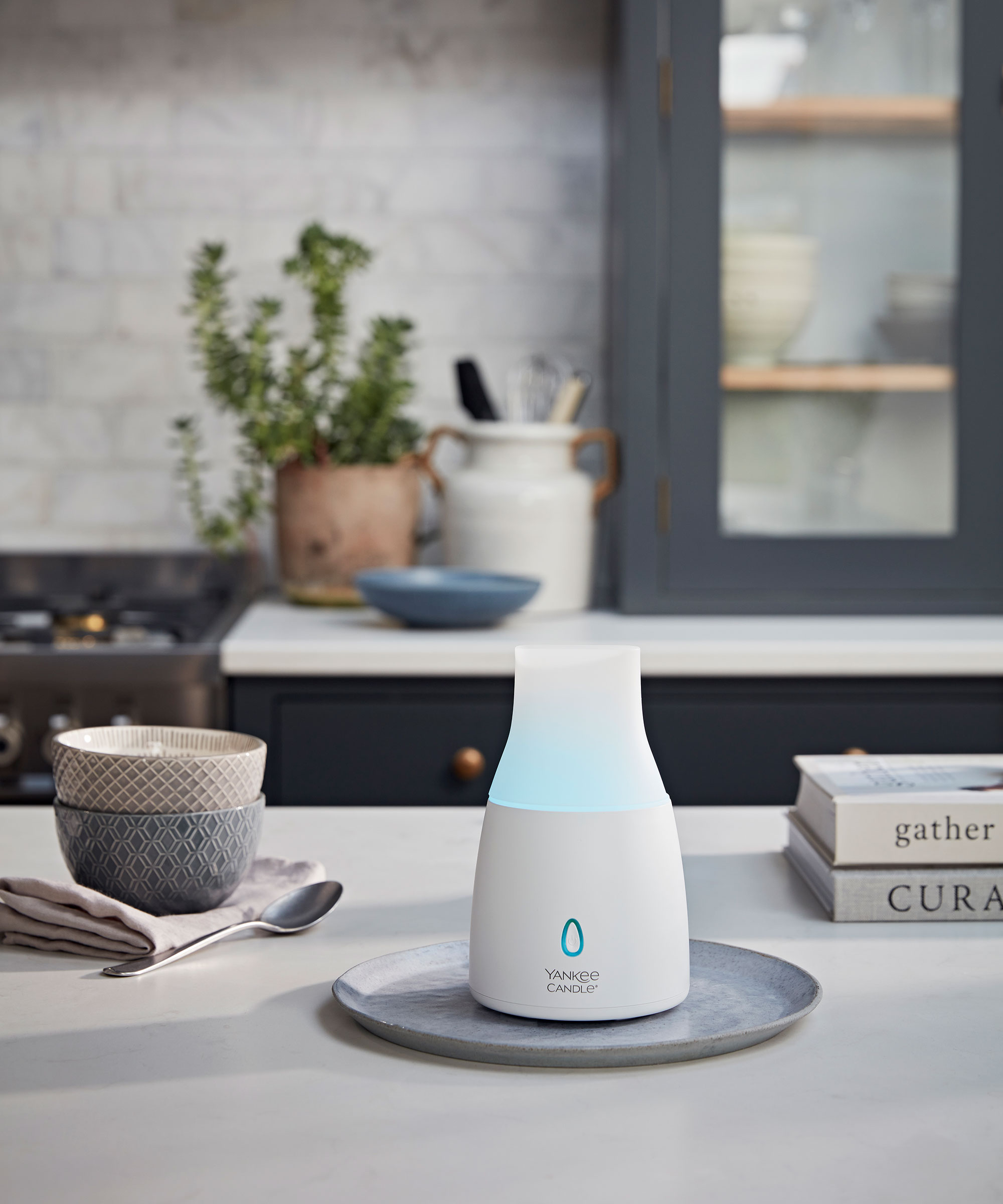
'In our ever-evolving understanding of the human brain, one often underestimated factor plays a crucial role in shaping our behavior: scent,' says Tracy Pepe, perfumer and Founder of Smelling Pink. 'The relationship between scent and cognition is rooted in neuroscience. Scents can trigger the olfactory system, directly influencing brain areas responsible for emotions and memory. This activation can have a profound impact on mood and cognitive function.'
So, adding pleasant scents that enhance comfort and banishing odors that negatively impact well-being can play a crucial role in creating a soft space for the senses.
Incorporate aromatherapy
For those with sensory sensitivities, you can use techniques such as diffusers, flowers, and scented sachets to subtly infuse your spaces with fragrance without being overpowering.
'Consider opting for fragrances known for their calming properties, such as lavender, chamomile, or eucalyptus, to promote a sense of tranquility and comfort throughout your home,' recommends Nina Lichtenstein.
Eliminate bad odors
Perhaps even more important than making a home smell nice is to prevent any odors, since these can be distracting or distressing for those with sensory sensitivities.
- Opt for materials and furniture that don't trap odors and are easy to clean, such as wood, or tight woven fabric to avoid allergens becoming trapped in materials, leading to odors.
- 'Choose plants wisely,' recommends Heather Swain. 'Avoid plants that are common allergens or produce strong smells.
- Trash cans and laundry hampers with lids should be used to help contain odors.
- Chemical scents can be triggering for some people, so avoid artificial fragrances such as air fresheners and cleaning products. There are plenty of natural, subtle ways to make your home smell nice when you're sensitive to fragrance, but always avoid harsh, chemical scents.
'Ultimately, designing spaces for neurodiverse individuals with sensory sensitivity requires a thoughtful and holistic approach,' says Olga Alexeeva, Creative Director at Black & Milk. 'By incorporating elements that cater to different sensory needs, designers can create environments that promote comfort, well-being, and inclusivity for all individuals. Remember, small design changes can significantly impact the overall sensory experience of the space.'

Lola Houlton is a news writer for Homes & Gardens. She has been writing content for Future PLC for the past six years, in particular Homes & Gardens, Real Homes and GardeningEtc. She writes on a broad range of subjects, including practical household advice, recipe articles, and product reviews, working closely with experts in their fields to cover everything from heating to home organization through to house plants. Lola is a graduate, who completed her degree in Psychology at the University of Sussex. She has also spent some time working at the BBC.

